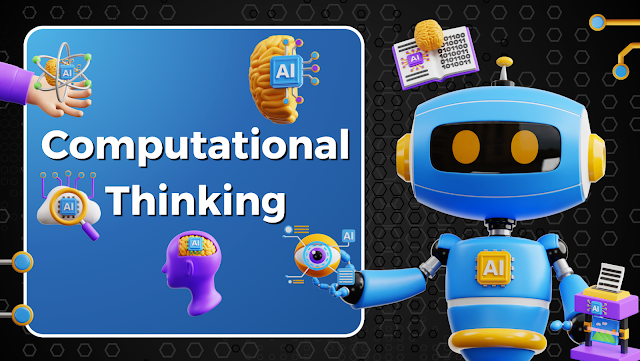Unlocking Success in the 21st Century: The Importance of Teaching Computational Thinking
In an era defined by rapid technological advancement and innovation, the traditional approach to education is evolving. Teachers increasingly recognise the importance of equipping students with skills beyond rote memorisation and standardised tests. One such essential skill is computational thinking, a problem-solving approach that involves breaking down complex problems into smaller, manageable steps and using algorithms to solve them. This foundational concept of computer science is not limited to the tech world; it permeates various fields, including business, engineering, and medicine.
In New Zealand, the incorporation of computational thinking into the digital technologies curriculum is a significant step towards preparing students for success in the 21st-century workforce. In this blog post, we explore why teaching computational thinking is crucial and provide practical tips for educators.
Bridging the Gap Between Education and the Workforce
In today's dynamic job market, success hinges on an individual's ability to think critically, solve problems creatively, and communicate ideas effectively. Computational thinking, as part of the curriculum, equips students with these essential skills:
1. Problem-Solving Skills:
Computational thinking instils a problem-solving mindset that transcends disciplines, making students valuable assets in diverse job roles.
2. Logical and Systematic Thinking:
Students learn how to think logically and systematically, an invaluable skill when addressing complex challenges.
3. Creativity and Innovation:
By encouraging students to explore novel solutions, computational thinking fosters creativity and innovation, traits highly sought after in today's workforce.
4. Communication and Collaboration:
Computational thinking promotes effective communication and collaboration, skills that are essential in team-based work environments.
5. Adaptation to Automation and AI:
As automation and artificial intelligence become increasingly prevalent, computational thinking prepares students to navigate and leverage these technologies effectively.
Incorporating computational thinking into the New Zealand digital technologies curriculum is a significant stride toward preparing students for the future workforce. Educators empower their students to excel in a world where innovation and critical thinking are paramount by imparting problem-solving, logical thinking, creativity, and adaptability skills. Embracing computational thinking in the classroom is not just about teaching computer science; it's about equipping students with the tools they need to thrive in the 21st century. It's a journey worth taking for the betterment of our students and the world they will shape.





Comments
Post a Comment